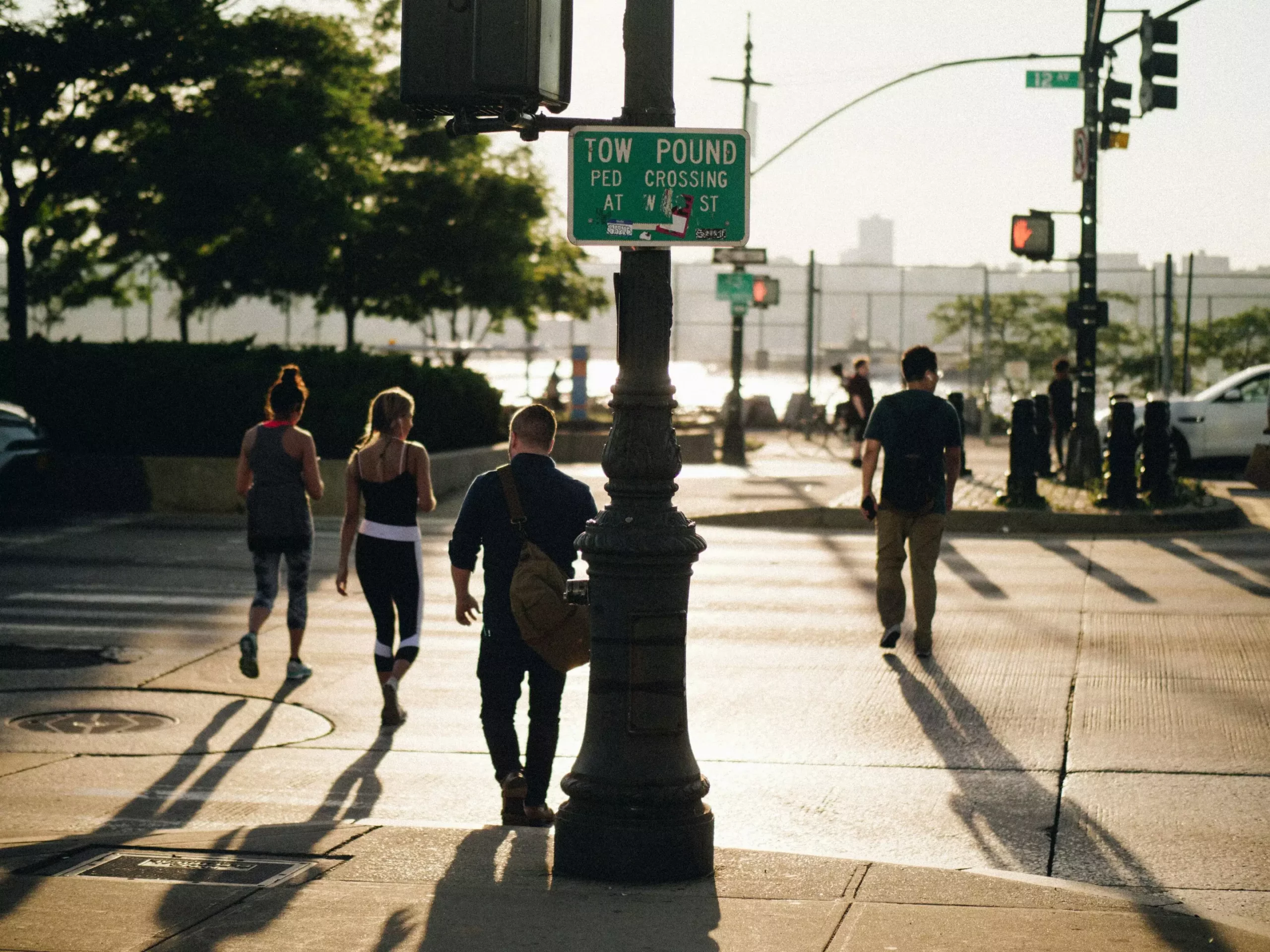Urban environments are teeming with unseen threats, particularly when it comes to air quality. Non-exhaust emissions from brakes, tires, and roads pose significant health risks to pedestrians and cyclists who navigate these bustling spaces. These particles, though often invisible to the naked eye, can lead to chronic diseases and escalate healthcare concerns for urban dwellers. Understanding this critical issue, researchers from the University of Birmingham have undertaken groundbreaking work, utilizing physics-informed virtual reality (VR) to illuminate these invisible dangers.
Published in the *Royal Society Open Science* journal, the study employs advanced computational fluid dynamics to simulate how these harmful particles disperse in urban settings. By crafting detailed VR environments, the researchers not only visualize pollution dispersion but also provide users—ranging from city planners to everyday commuters—with actionable insights. This unique approach significantly improves public awareness regarding pollution hotspots, particularly in Birmingham, the UK’s second-largest city, notorious for its elevated PM2.5 emissions from vehicle-related sources.
Principal Investigator Dr. Jason Stafford emphasizes the critical need to inform the public about air quality and health implications. By infusing virtual experiences with real-time data on pollution pathways, this project transforms abstract statistics into visible realities. Such immersive experiences allow participants to recognize their surroundings better and adjust their behaviors to minimize exposure to harmful particles during their daily commutes.
Beyond personal awareness, the implications of this research extend into urban planning and policy-making. The study identifies significant risk zones—particularly at braking points where vehicle-generated particles peak. Given that bus stops, pedestrian crossings, and cycling lanes are frequently situated near these hazardous areas, there is a compelling case for redesigning urban spaces to prioritize clean air and safety.
As urban planners and officials witness the tangible effects of VR simulations, there lies an opportunity for fundamental transformations in how cities are built and maintained. Creating air-quality-friendly infrastructures will not only improve the health of current residents but also set a precedent for sustainable urban environments.
To maximize the impact of these findings, engaging the broader community is essential. The immersive nature of VR can serve as a platform for public education campaigns aimed at fostering awareness and promoting behavioral changes. By inviting citizens to participate in simulations, stakeholders can harness the power of experiential learning, transforming individuals into informed advocates for healthier living conditions.
The team from the University of Birmingham asserts that knowledge is power. By educating the populace about the presence and dangers of invisible pollutants, society can collectively take strides toward cleaner urban air. As cities continue to grapple with pollution, employing innovative strategies like physics-informed virtual reality can be pivotal in forging a path towards healthier, more conscientious urban living spaces.
Through this ongoing research, we are reminded of the invisible threats lurking in our environments and the responsibilities we hold—not just to ourselves, but to future generations, to demand and design cleaner, safer urban landscapes.


Leave a Reply